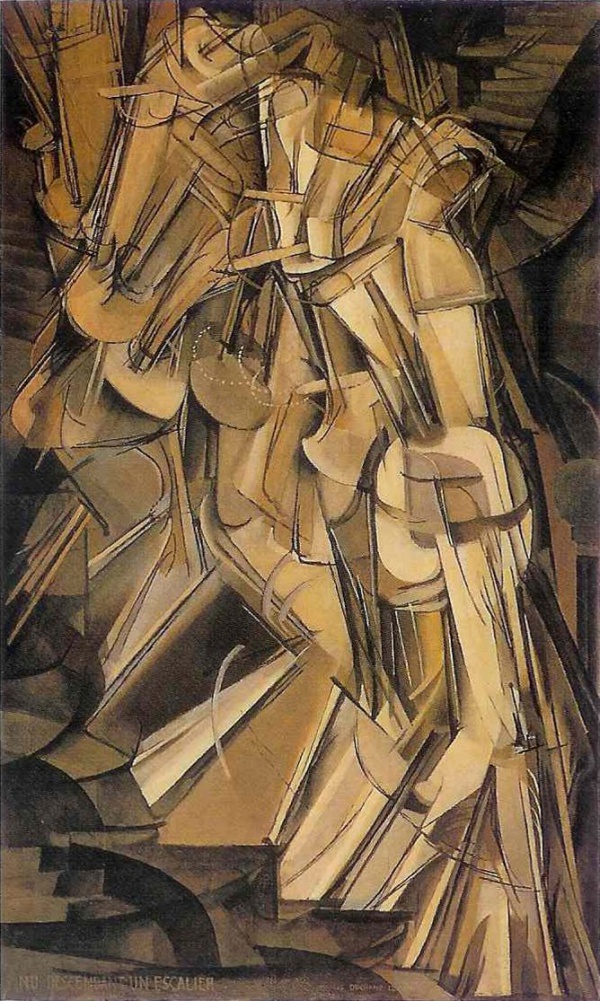Facts About Nude Descending a Staircase, No. 2
"Nude Descending a Staircase, No. 2" a seminal painting from 1912 by Marcel Duchamp, stands as a cornerstone of Modernist art. Initially rejected by the Cubist community for embracing too many Futurist elements, the painting eventually found its way to an exhibition in Barcelona. When showcased at the 1913 Armory Show in New York City, it met with widespread ridicule. Today, this iconic piece resides in the Philadelphia Museum of Art.
The painting features an abstract figure in motion, employing a series of nested, fragmented elements to evoke rhythm and movement. Duchamp skillfully amalgamated Cubist and Futurist influences, drawing inspiration from chronophotography to capture the essence of motion.
The initial controversy erupted at the Société des Artistes Indépendants, where the painting was rejected, prompting Duchamp to withdraw it. This incident marked a significant turning point in his career. Despite the early criticism, the piece was later exhibited under its original title and garnered substantial acclaim in subsequent shows. Duchamp downplayed any direct influence from Futurism, emphasizing instead his fascination with rendering movement in a static form.
The painting's journey includes its purchase by Frederic C. Torrey at the Armory Show, followed by ownership by the Arensbergs, and eventually becoming part of the Philadelphia Museum of Art's collection. "Nude Descending a Staircase, No. 2" has inspired numerous tributes across various art forms, including music, literature, and film, underscoring its enduring impact and significance in the art world.

 Mexico
Mexico